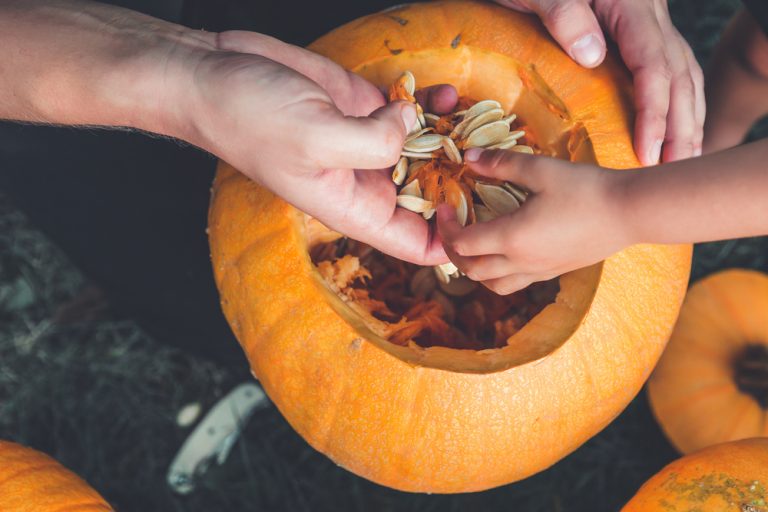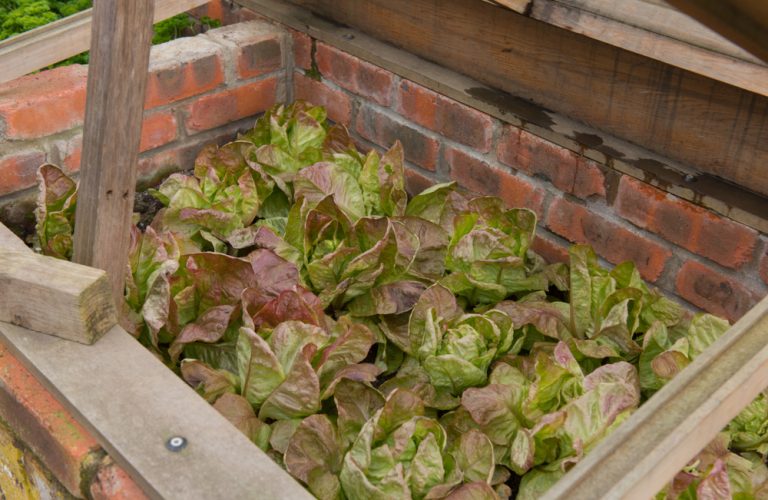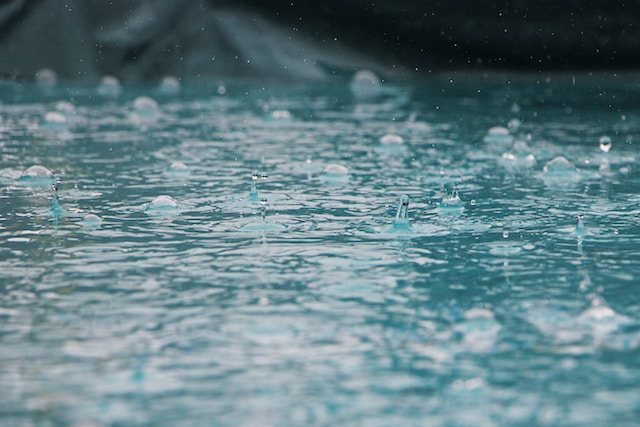About a year ago, I wrote our first article about Enviro Ice. Companies like HungryRoot use this gel to keep items cold for shipping, and I receive it in my monthly food deliveries. Surprisingly, you can use this nitrogen-based product to fertilize your plants according to the manufacturer. I considered trying it in my garden,…
sustainability
12 Ways to Use Pumpkin Scraps in the Garden
Did you buy pumpkins for Halloween? After they are carved and displayed for the holiday, most pumpkins are tossed in the trash, especially if they start to rot. But gardeners know better. Did you know every part of the pumpkin can be repurposed? You can feed your soil, attract pollinators, or keep pests away in…
7 Cold Frames That Keep Lettuce Growing Longer
Fall frosts don’t have to end your salad season. With the right cold frame, you can extend lettuce production well into winter. Cold frames act like mini greenhouses, trapping daytime warmth and protecting tender greens from overnight freezes. Even simple designs can raise soil temperatures just enough to keep cool-weather crops thriving. Whether you’re growing…
11 Compelling Reasons to Embrace Rainwater Harvesting for Sustainable Living
Rainwater harvesting is the practice of collecting and storing rainwater for later use. It can be a key component of sustainable living. If you garden, then you can’t help but notice the changes to the earth. As a result, you might feel a drive to live more sustainably. Rainwater harvesting for sustainable living makes a…



